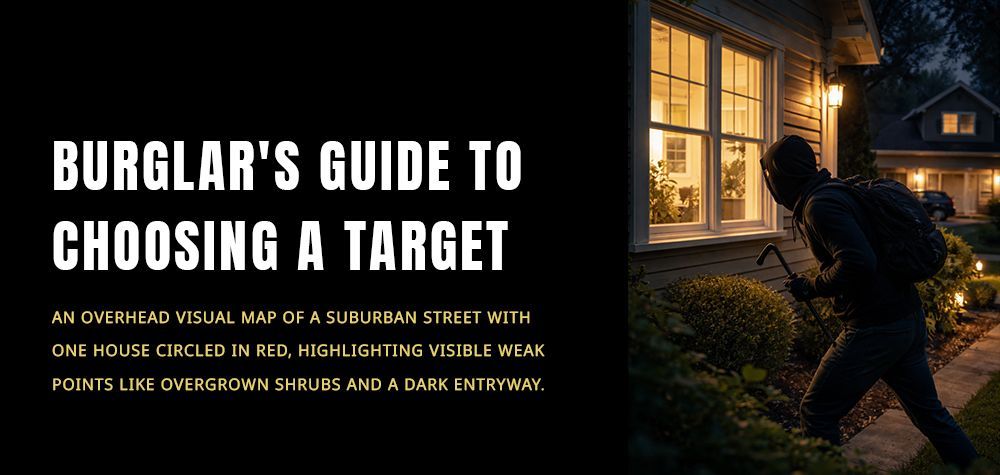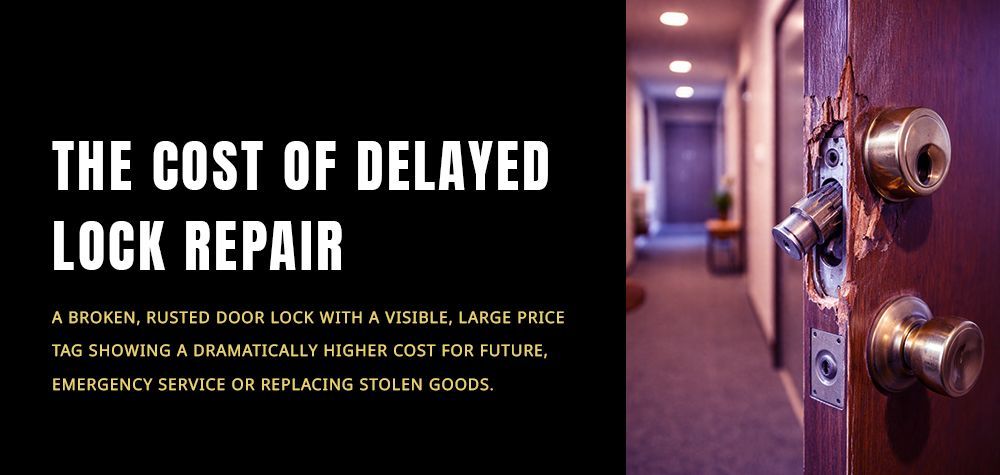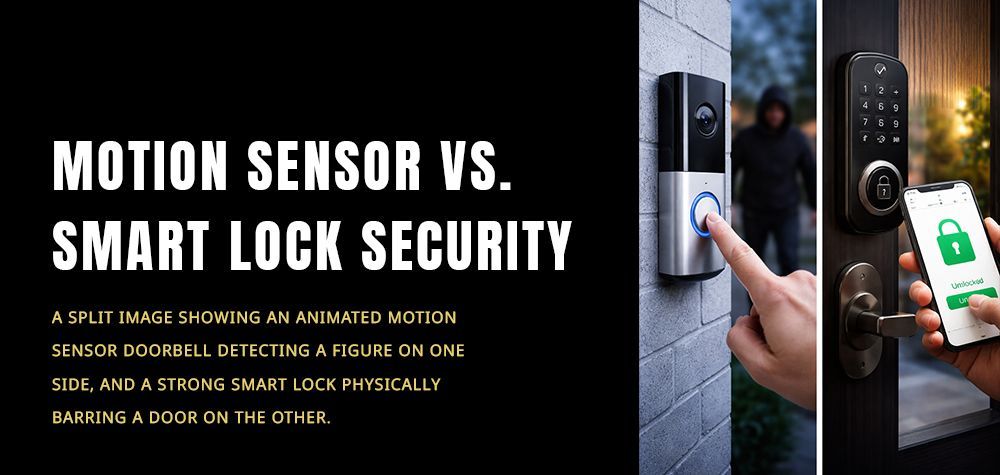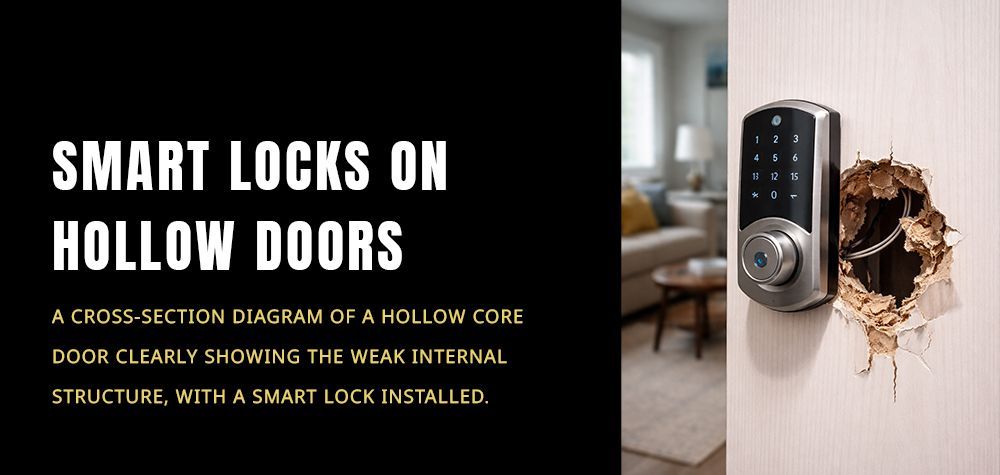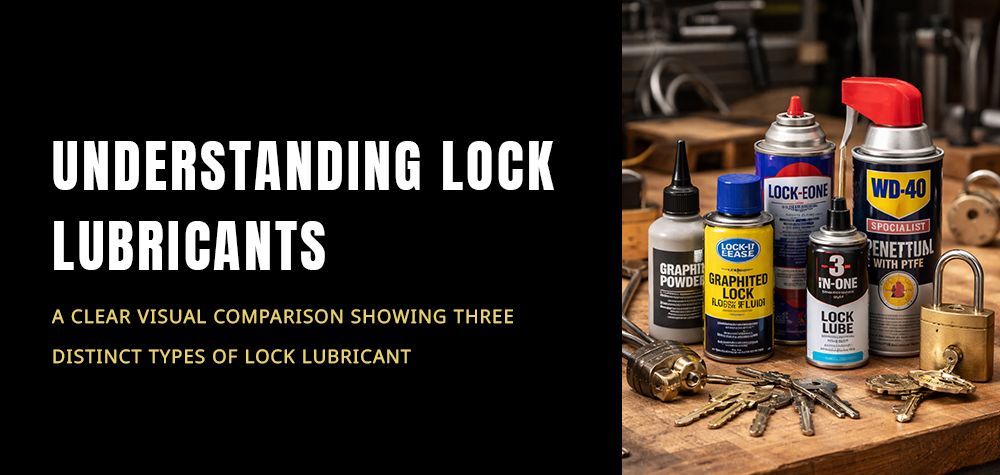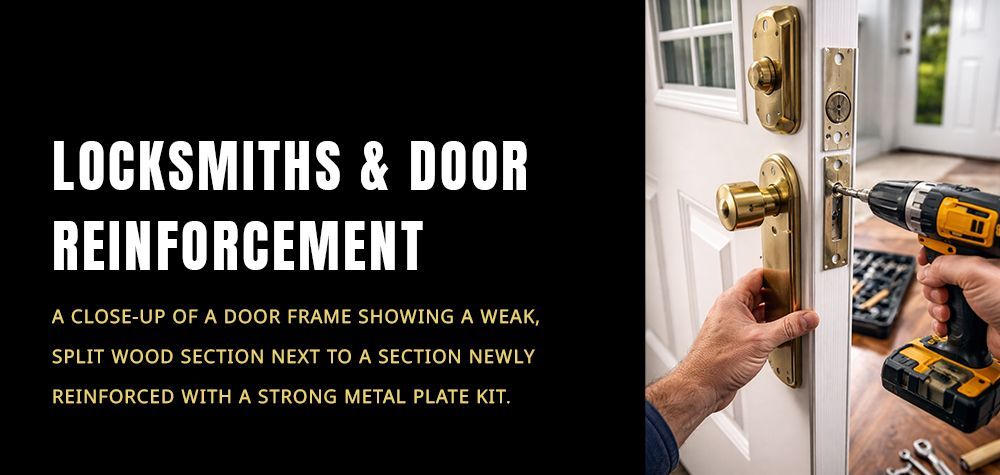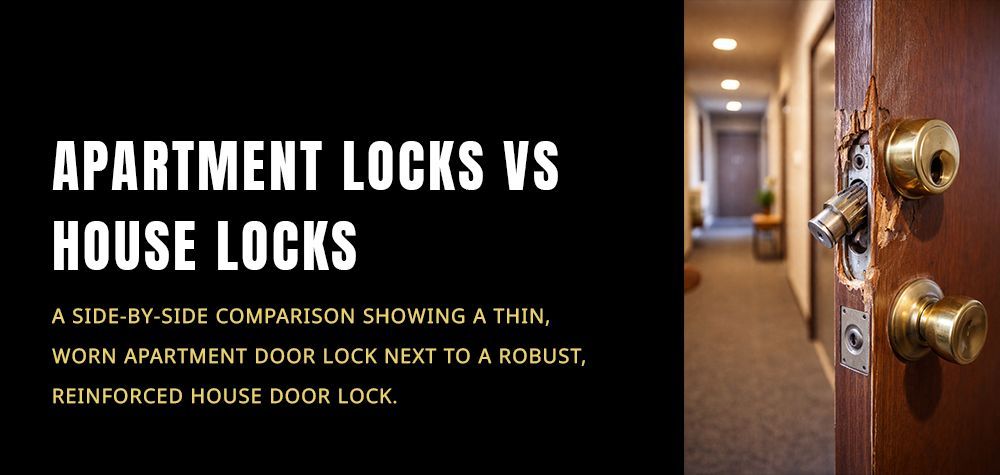Safe Opening Techniques: Professional vs. DIY
When faced with a locked safe, many people are tempted to try DIY methods to regain access. However, professional safe opening offers a reliable and safer alternative. In this in-depth guide, we'll explore the various techniques used in safe opening, weigh the pros and cons of DIY vs. professional methods, and help you decide which is the best approach for your situation.
Understanding Safe Opening
Safes are designed to secure valuable items, and they are built with robust mechanisms that prevent unauthorized access. Over time, or due to lost combinations or malfunctions, these mechanisms might become difficult to open. This leads to the need for safe opening services, which can be approached in two ways: do-it-yourself (DIY) or professional assistance.
DIY Safe Opening Techniques
Manipulating the Dial
One of the most common DIY techniques involves manipulating the safe’s dial, especially for mechanical combination locks. By feeling for resistance or sounds, some people attempt to figure out the combination.
Pros: No tools required, and if successful, the safe remains undamaged.
Cons: This method is difficult without proper training, often leading to frustration or accidental damage to the locking mechanism.
Using a Drill
Drilling is a more aggressive DIY method, involving the use of power tools to breach the safe’s lock or body.
Pros: Direct and quick, potentially opens the safe.
Cons: High risk of irreparable damage to the safe and its contents. This technique can also trigger security features like relockers, making it even harder to access.
Default Factory Codes
Some safes come with default factory codes that might not have been changed by the owner. Searching the model number online may reveal a code to open the safe.
Pros: Easy and non-destructive.
Cons: Rarely effective, especially with higher-end safes or those with custom codes.
Using Lockpicking Tools
This method requires specialized lockpicking tools and knowledge to bypass the safe's locking system.
Pros: Can work on cheaper safes with simple mechanisms.
Cons: Requires skill, and for complex safes, this technique is virtually useless. Inexperienced users can easily damage the lock.
Strong Magnet Approach
Some individuals try using a strong magnet to bypass the safe’s locking mechanism by manipulating internal components.
Pros: Non-invasive and low risk of immediate damage.
Cons: This method only works on specific types of safes with weak security mechanisms. High-quality safes are generally immune to this.
Professional Safe Opening Techniques
Lock Manipulation
This method is the gold standard among professionals. It involves listening to the locking mechanism and making subtle adjustments to unlock the safe without causing any damage.
Pros: No damage to the safe or its contents. This method maintains the integrity of the locking mechanism and the safe’s security.
Cons: Requires a skilled locksmith and may take time depending on the complexity of the safe.
Drilling
While drilling is also used by professionals, the difference lies in precision. A locksmith knows exactly where to drill without causing unnecessary damage. The hole is often minimal and repairable.
Pros: Fast and efficient. In most cases, locksmiths can repair the safe afterward.
Cons: Small damage to the safe, though professionals minimize this as much as possible.
Safe Scoping
This technique involves using a specialized tool to scope the internal components of the lock. A tiny hole is drilled into the safe, and a borescope is inserted to visually identify the problem with the lock.
Pros: Minimal damage and high success rate, especially for complex safe locks.
Cons: Requires highly specialized tools and can be expensive.
Cutting Tools
In extreme cases where the safe cannot be opened via other methods, professionals may resort to using saws, plasma cutters, or other cutting tools to breach the safe.
Pros: Guaranteed access to the contents.
Pros and Cons: Professional vs. DIY Safe Opening
| Aspect | DIY Safe Opening | Professional Safe Opening |
|---|---|---|
| Cost | Usually cheaper but could result in costly damage. | More expensive, but ensures minimal or no damage to the safe. |
| Safety | High risk of damaging the safe or its contents. | Safe and reliable, with low risk of further complications. |
| Success Rate | Low, especially for complex or high-security safes. | Very high, as professionals have the experience and tools. |
| Time | Can take a long time without a guarantee of success. | Often quick and efficient, depending on the method used. |
| Tools | Requires tools that most people don’t own. | Locksmiths come equipped with specialized tools. |
| Repair Costs | Could lead to costly repairs or the need for replacement. | Professionals minimize damage, reducing repair costs. |
Potential Risks of DIY Safe Opening
Permanent Damage: The most significant risk is causing irreparable damage to the locking mechanism or the safe itself.
Voided Warranties: Many safe manufacturers offer warranties, but these can be voided if unauthorized methods are used to open the safe.
Accidental Activation of Security Features: Modern safes often come with internal relocking mechanisms that activate if the safe is tampered with, making it even harder to open.
Risk of Injury: Using tools like drills, saws, or even lockpicks without proper training can lead to personal injury.
Why Choose Professional Safe Opening?
Hiring a professional locksmith or safe technician eliminates the guesswork, risk, and damage that comes with DIY methods. Professionals have the right tools, skills, and experience to open a safe efficiently, without compromising its integrity.
Preservation of Safe Integrity: Professionals use methods like lock manipulation or scoping, which often leave the safe completely intact and functional.
Knowledge of Different Safe Types: From traditional combination locks to biometric safes, professionals are trained to deal with all kinds of locking mechanisms.
No Stress: Perhaps the most important benefit of all—professional locksmiths can save you time, frustration, and money in the long run.
When it comes to opening a locked safe, it’s easy to see why hiring a professional is often the best choice. The risks of DIY methods far outweigh the potential savings, especially when you consider the possibility of damaging the safe and its contents. Whether you’re dealing with a lost combination, a broken lock, or a malfunctioning electronic keypad, Brothers Locksmith has the expertise to open your safe quickly and efficiently.
9 Common Safe Lock Issues That You Need a Locksmith For
FAQs About Safe Opening
Can I open a safe without damaging it?
Yes, professionals often use non-destructive methods to open safes.
How much does it cost to hire a locksmith to open a safe?
Costs vary depending on the type of safe and the method required. On average, expect to pay between $100 and $400.
What should I do if I forget my safe combination?
Contact a professional locksmith who can manipulate the lock or use other techniques to regain access.
Can a locksmith open all types of safes?
Most professional locksmiths are trained to open a wide variety of safes, from basic combination locks to high-security safes.
Will opening my safe void its warranty?
Using DIY methods can void the warranty. Hiring a professional locksmith ensures that the warranty remains intact.
Call Us Any Time!


